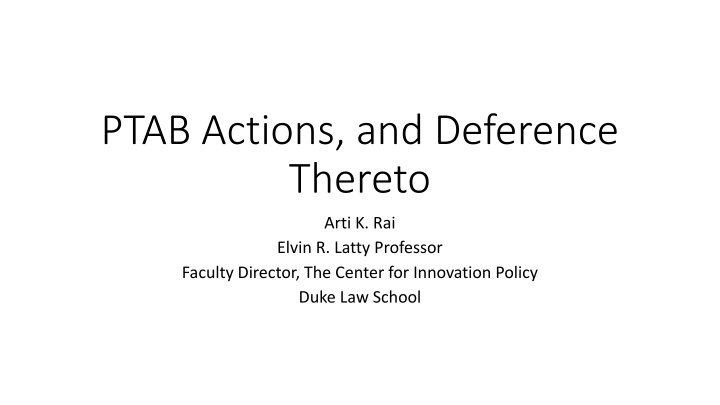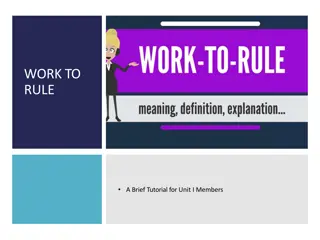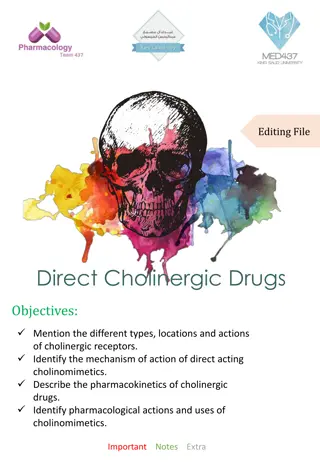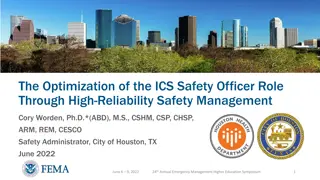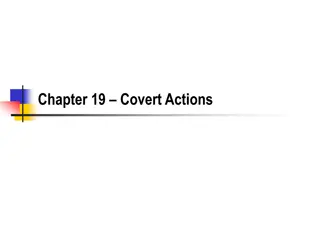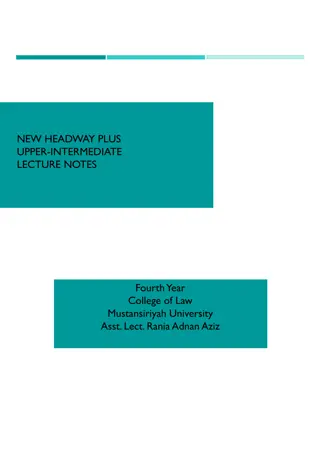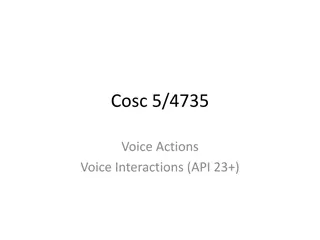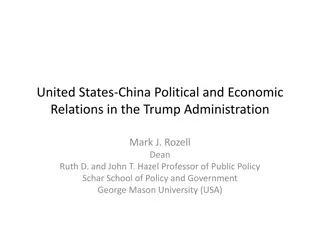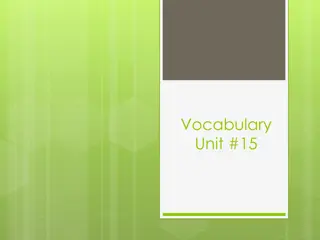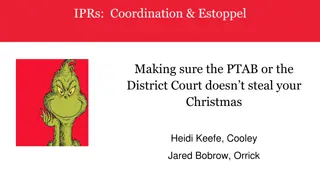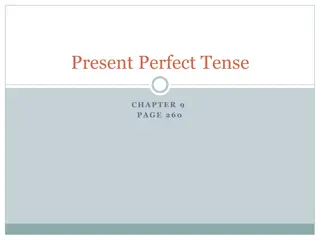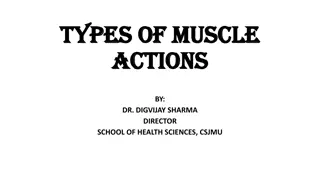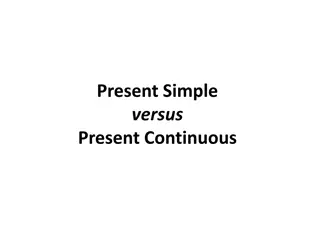PTAB Actions and Deference
Exploring the intricacies of PTAB actions and deference in the patent domain, discussing rulemaking authority, adjudication processes, and the future of Chevron deference within the Patent Trial and Appeal Board. The text delves into historical patent data and the regulatory landscape, shedding light on the power dynamics and evolving trends in patent examination. Notably, it underscores the significance of fact-finding and the implications for patent validity challenges and rulemaking in the post-AIA era.
Download Presentation

Please find below an Image/Link to download the presentation.
The content on the website is provided AS IS for your information and personal use only. It may not be sold, licensed, or shared on other websites without obtaining consent from the author.If you encounter any issues during the download, it is possible that the publisher has removed the file from their server.
You are allowed to download the files provided on this website for personal or commercial use, subject to the condition that they are used lawfully. All files are the property of their respective owners.
The content on the website is provided AS IS for your information and personal use only. It may not be sold, licensed, or shared on other websites without obtaining consent from the author.
E N D
Presentation Transcript
PTAB Actions, and Deference Thereto Arti K. Rai Elvin R. Latty Professor Faculty Director, The Center for Innovation Policy Duke Law School
Sources: Historical Patent Data Files, Patent Examination Research Dataset
Deference: Rulemaking Pre-AIA Section 2(b)(2)(a): may establish regulations, not inconsistent with law, which . . . shall govern the conduct of proceedings in the Office Post-AIA: fee-setting (Stuart Graham yesterday) (very) broad rulemaking authority regarding PTAB Cuozzo v. Lee, 136 S.Ct. 2131(2016)
Deference: Adjudication Pre-AIA, no adjudication sufficiently formal under Mead to merit Chevron PTAB proceedings not APA formal adjudications (cf. CAFC position); but still have lots of formal, trial-type aspects; certain proceedings probably qualify under Mead Aqua Products v. Matal (2017): review of PTO policy, (arguably) enunciated in adjudication, that patent owner bears burden of proving patentability of amendments
Concluding Thoughts Sections 101,102,103,112: PTO has not even argued for Chevron (Benjamin & Rai, Administrative Power in the Era of Patent Stare Decisis (2016)) But fact-finding key for many of those requirements (Dickinson v. Zurko) Assuming PTAB constitutional, deference on fact-finding plus strong estoppel give it a lot of power Maybe enough to address scaling problem What s the future of Chevron?
